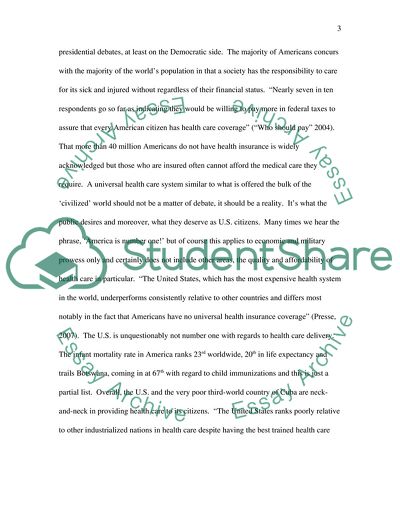Cite this document
(Determining Health Status Case Study Example | Topics and Well Written Essays - 2000 words, n.d.)
Determining Health Status Case Study Example | Topics and Well Written Essays - 2000 words. https://studentshare.org/health-sciences-medicine/1720244-health-care-crisis
Determining Health Status Case Study Example | Topics and Well Written Essays - 2000 words. https://studentshare.org/health-sciences-medicine/1720244-health-care-crisis
(Determining Health Status Case Study Example | Topics and Well Written Essays - 2000 Words)
Determining Health Status Case Study Example | Topics and Well Written Essays - 2000 Words. https://studentshare.org/health-sciences-medicine/1720244-health-care-crisis.
Determining Health Status Case Study Example | Topics and Well Written Essays - 2000 Words. https://studentshare.org/health-sciences-medicine/1720244-health-care-crisis.
“Determining Health Status Case Study Example | Topics and Well Written Essays - 2000 Words”. https://studentshare.org/health-sciences-medicine/1720244-health-care-crisis.


